The Mysterious Vapor Cone: What's Behind the Prandtl-Glauert Effect?
Categories: Science
By Pictolic https://pictolic.com/article/the-mysterious-vapor-cone-what39s-behind-the-prandtl-glauert-effect.htmlA fascinating sight is the cone of steam that appears around an airplane flying at transonic speeds. This effect, known as the Prandtl-Glauert effect, attracts the attention of not only scientists but also ordinary observers. However, behind this impressive phenomenon lies complex physics, which we will analyze in this article.
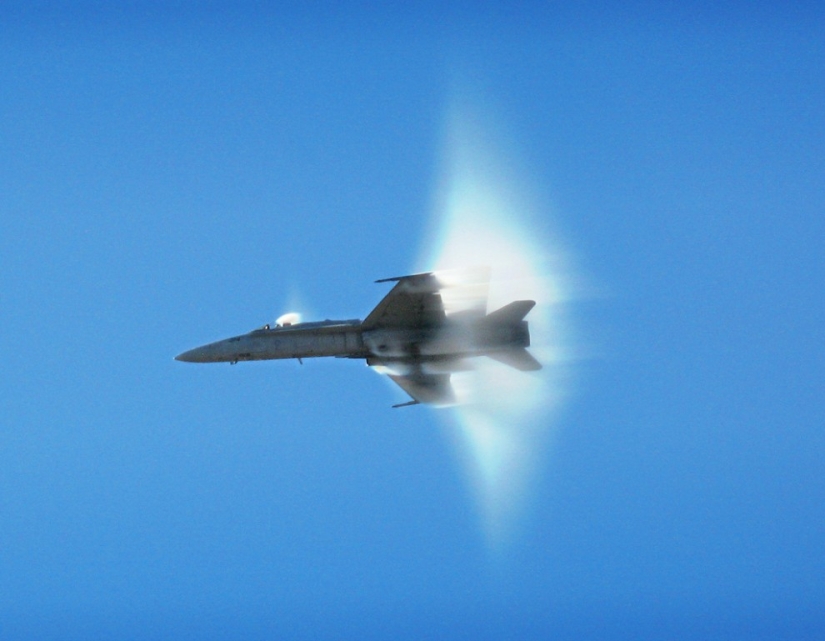
Contrary to popular belief, the Prandtl-Glauert effect does not occur when an aircraft breaks the sound barrier. Moreover, this effect is not related to the famous supersonic boom. Super-high-bypass aircraft engines can create this effect at takeoff speed due to aerodynamics, not due to breaking the sound barrier. It is important to understand that this effect can occur even when an aircraft is moving at transonic speeds, which is not always the same as breaking the speed of sound.
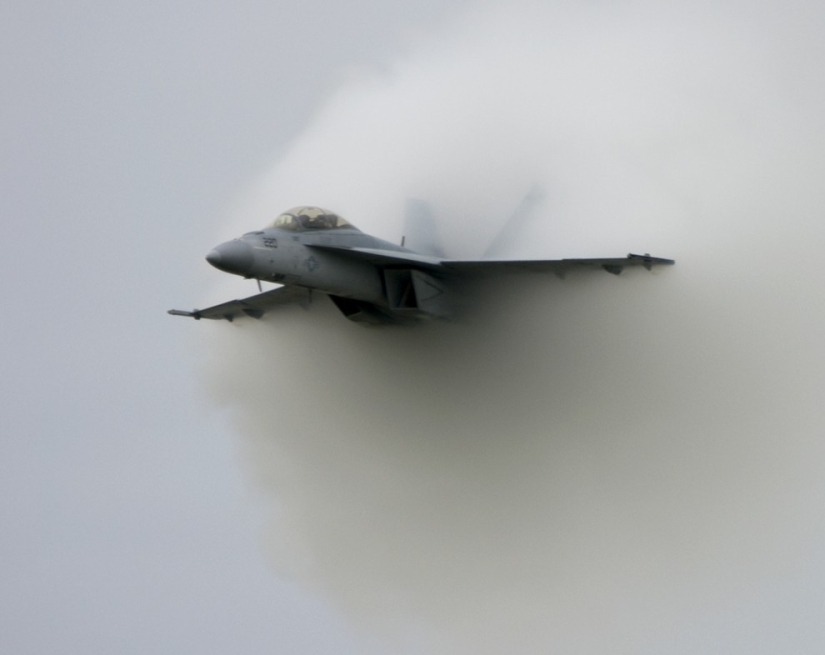
The cause of the Prandtl-Glauert effect is related to the aerodynamic processes that occur around an airplane moving at high speed. The airplane creates an area of high air pressure in front of it and an area of low pressure behind it. After the airplane has passed, the low-pressure area begins to fill with surrounding air, which leads to the formation of a characteristic vapor cone. It is important to note that the inertia of air masses plays a key role in this process, since it is what ensures that the low-pressure area is filled with air from nearby areas.
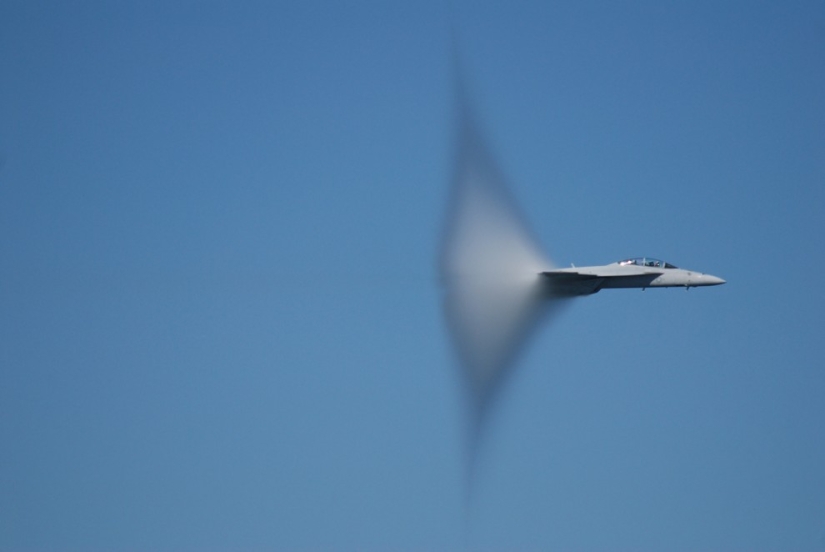
Imagine an object moving at transonic speed. Transonic speed is different from the speed of sound. The sound barrier is broken at 1235 km/h. Transonic speed is lower, higher, or close to the speed of sound and can vary from 965 to 1448 km/h. Therefore, this effect can occur when an aircraft is moving at a speed lower than or equal to the speed of sound.
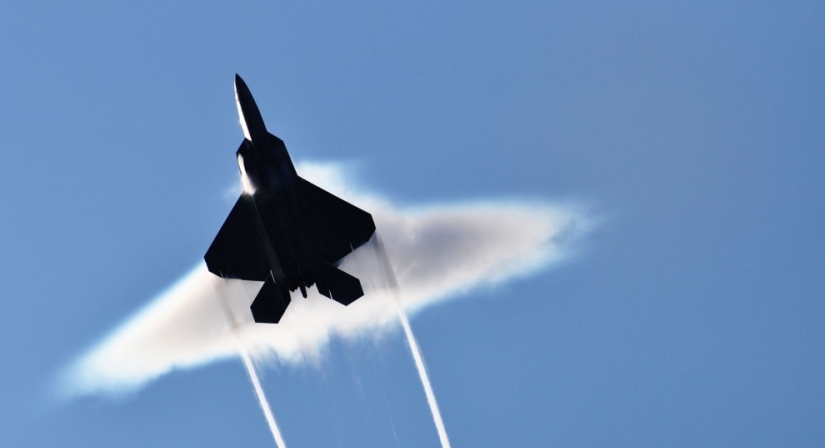
And yet, it is all about sound – it is what determines the “visibility” of this vapor cone behind the aircraft. The shape of the cone is created by the force of sound (in the case of aircraft) moving faster than the sound waves it produces. The Prandtl-Glauert effect is a result of the wave nature of sounds.

Again, think of the plane as the source, and the sound as the crest of a wave. These crests of sound waves are a series or shell of overlapping circles. When the waves overlap, a cone shape is created, and the tip of the cone is the source of the sound. Unseen, for now.
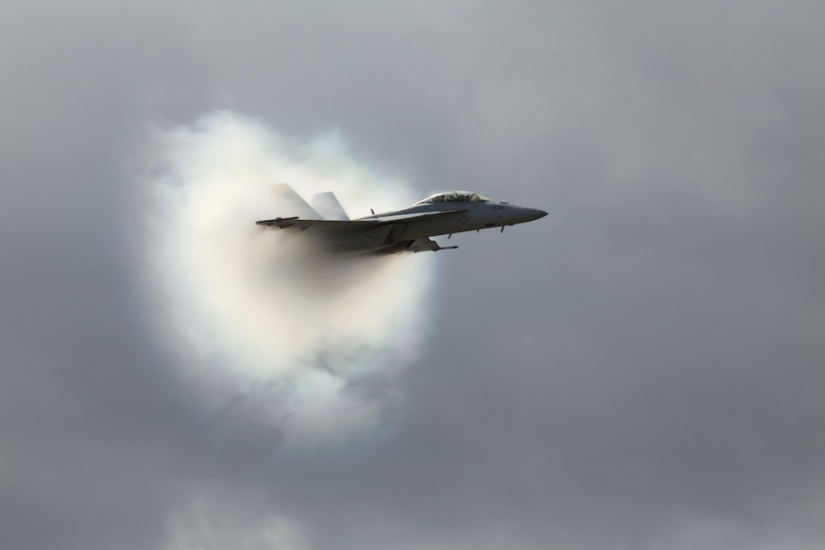
For the Prandtl-Glauert effect to be visible to the human eye, one more factor is needed: high humidity. When the humidity is high enough, the air around the cone condenses and forms the cloud we see. This effect is most often seen on airplanes flying over the ocean in the summer, where the combination of water and heat creates ideal conditions for the formation of a visible vapor cone.
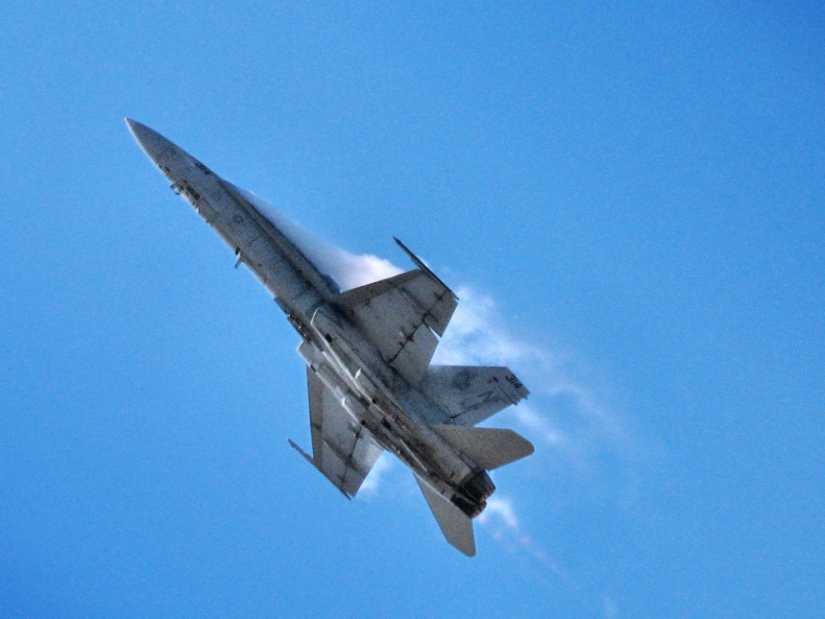
The cone shape we see is due to the wave nature of sound. Imagine an object moving at transonic speeds. The sound waves coming from this object overlap each other, creating a cone shape. This cone is a consequence of the sound waves moving faster than the sound source. So the cone is a kind of visualization of sound waves that overlap each other.
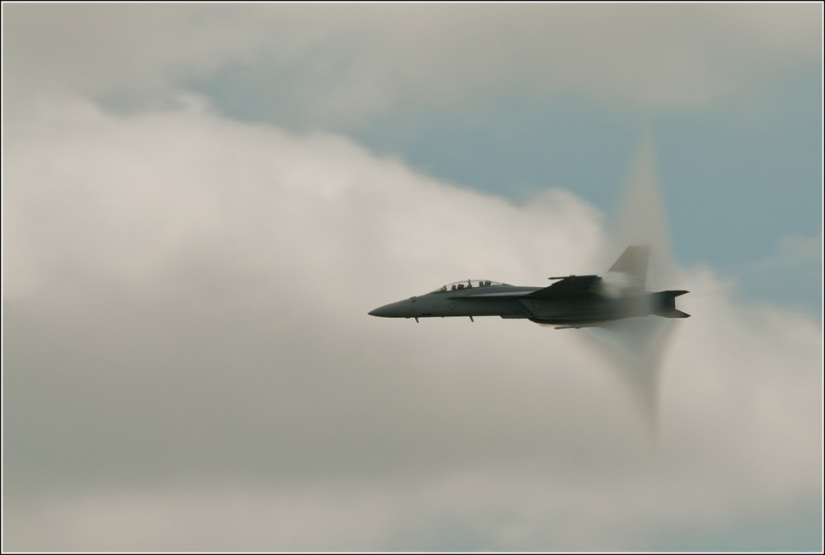
When an airplane moves at transonic speeds, the air pressure around it forms what is called an N-wave. If we could slow down the blast wave passing through us, we would see the leading component of compression that creates the beginning of the N-shape.
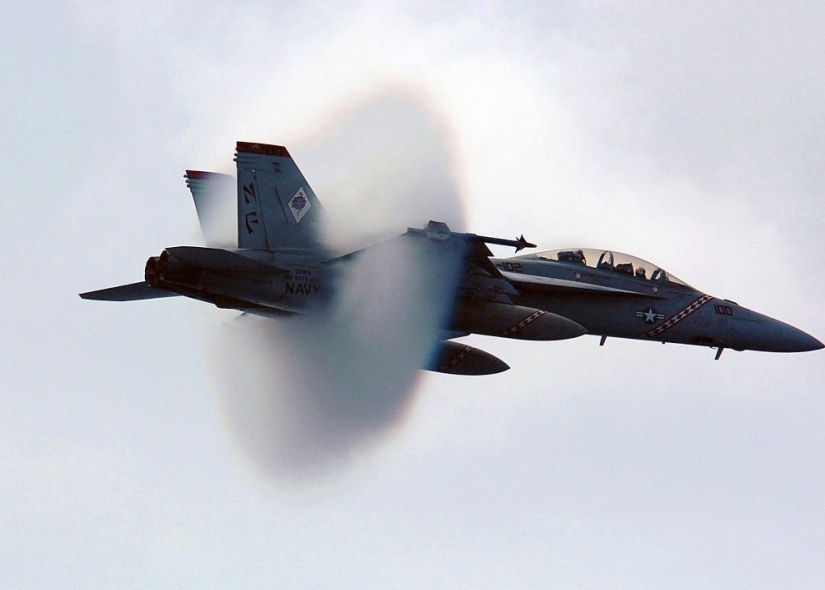
The horizontal bar is formed when the pressure drops, and when normal pressure returns at the final point, we see the end of the letter N. This process illustrates how air pressure affects the shape and appearance of the Prandtl-Glauert effect.
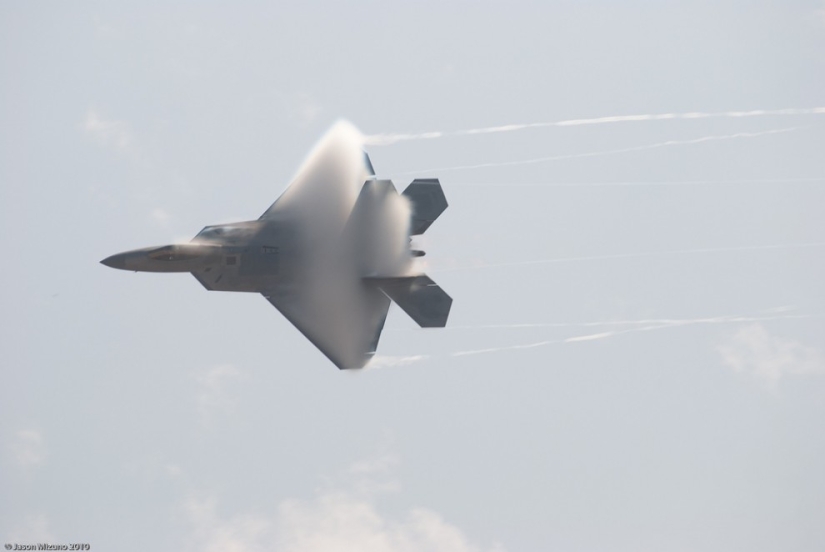
The effect is named after two prominent scientists who made significant contributions to its study. Ludwig Prandtl (1875–1953) was a German scientist who developed systematic mathematical analysis in aerodynamics. Hermann Glauert (1892–1934) was a British aerodynamicist whose research also played a key role in understanding the phenomenon. Together, their work formed the basis of what we know today as the Prandtl–Glauert effect.
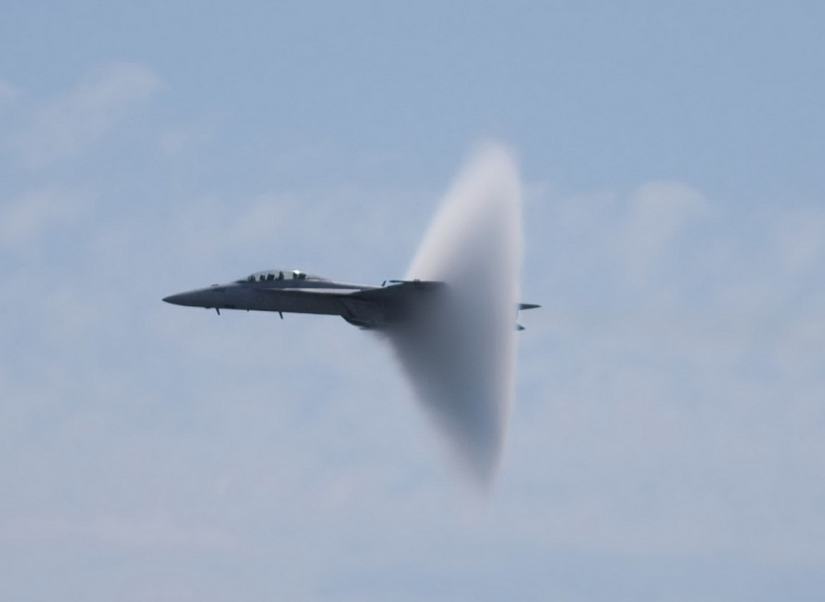
Want to see the Prandtl-Glauert effect in action? All you need is two things: a whip and a day of high humidity. If you can crack the whip like Indiana Jones, you can create a small but noticeable vapor cone similar to the Prandtl-Glauert effect. However, it is worth remembering that such experiments are best done outdoors and with caution.

The Prandtl-Glauert effect is not only an interesting scientific phenomenon, but also an important tool for understanding aerodynamic processes. Studying this effect allows scientists and engineers to design more efficient and safer aircraft. In addition, the effect continues to inspire both researchers and aviation enthusiasts, showing how science can be both complex and amazingly beautiful.
Recent articles

There are many places in the world where only the chosen ones can be. The cities of Mecca and Medina in Saudi Arabia are well known ...

This collection of photos will clearly please the little inner perfectionist who lives in each of us. It doesn't matter how much ...

If you don't feel good about the donut you ate for lunch, relax - it can get worse ... At least you didn't eat the ...